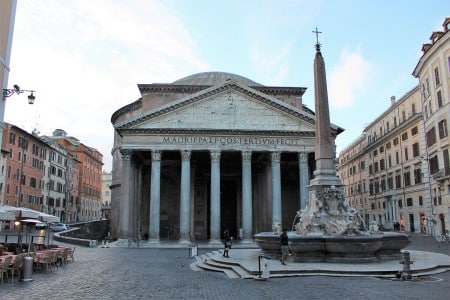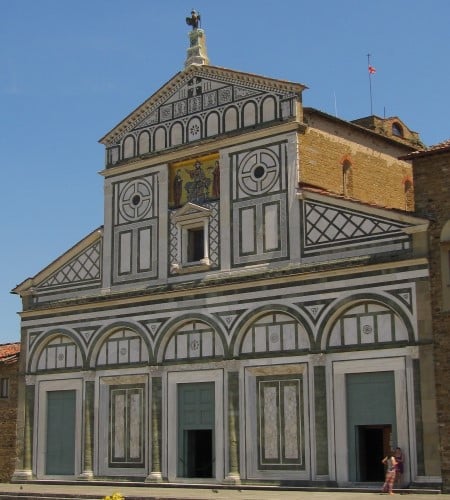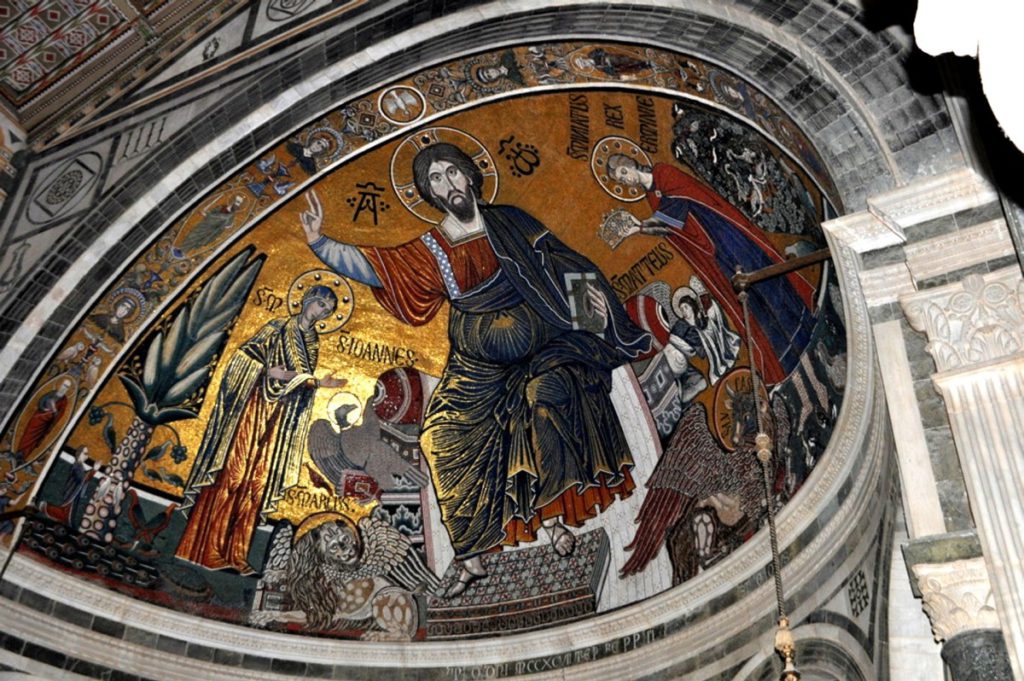One of the best things about traveling around the world is not only getting the opportunity to enjoy the beautiful scenery, culture, customs, food, and people, but also the magnificent buildings with high historical value.
Of these, Italy’s buildings are said to be the best in the world both in terms of quantity and historical value
In this article, we will introduce some of Italy’s representative buildings and interview Italian designer Francesco Ristori to discuss architecture and design in Japan and abroad from a global perspective.
■#1. The Pantheon (Rome, Italy)

Michelangelo, a man of many talents in art and architecture, praised The Pantheon as an “angelic design”. Built in 25 B.C. by Agrippa, trusted by Augustus, the first emperor of the Roman Empire, it was destroyed by fire in 80 B.C., but was rebuilt by the emperors Domitian and Trajan. From 118 to 125, Hadrian transformed the Pantheon into a classical building that pursued space, order, arrangement, and light. It is no coincidence that the height of the dome and the diameter of the rotunda correspond exactly to the diameter of a perfect sphere.
The circular structure of the Pantheon was inspired by the heavens and the sun, and unlike the square-shaped spaces that were the mainstay of Greek and Roman temple architecture until that time, the domes were made smaller as they were raised, and the walls were made progressively thinner to reduce the downward pressure of the weight of the dome and to release the physical stress to the foundation.
The only source of light in the Pantheon is the dome’s “great eye”, a circular window at the top of the dome, and when the sun shines in around noon, the magnificent space made of polished marble and finished with geometric patterns shines beautifully.
The Pantheon, which continues to transmit the image of Rome’s glory to the present day, is truly an architecture with a sense of history.
■ Francesco’s Addition: Knowing this makes” The Pantheon”100 times more interesting!
Italian monuments have myths that are based on truth. In the case of The Pantheon, it remains a myth that glorifies Roman architecture.
One of the things that makes The Pantheon an amazing piece of architecture is that it does not have a keystone on the dome, which would normally be present, to avoid structural overload. As a result, there is a large hole that allows you to see the sky. Many people may think, “Won’t it flood when it rains?”.
In fact, when it rains, the chimney effect causes the rain to be sprayed by the warm wind, and it is said that the inside has never been flooded.
Of course, this is due to the superior design techniques of Roman architecture and the chimney effect, this was due in part to the myth that Roman building technology was so great that it would not flood even when it rained.
■#2. Church of San Miniato al Monte (Florence, Italy)

Construction began in the year 1018. This is the first church in Florence dedicated to Christian martyrs. It is said that when the martyrs were decapitated, they carried their heads under their arms and climbed the hill with wobbly steps to come to this place where they were buried.
The façade is made of Carrara marble with white color, which complements the green serpentine stone and adds to the beauty of the building. The first floor, there is a design reminiscent of a classical temple, a 13th-century mosaic at the top of the edicula (stone or wooden altar) window, depicting Christ on the throne with a saint by his side, and at the top of the façade, a mosaic of a man on the throne, and bronze falcon symbolizing the woolen guild. Inside, the main altar is decorated with mosaics from the 13th century, and between the steps leading to the main altar is the Chapel of the Cross by Michelozzo, added during the Renaissance.
It is one of the best examples of Romanesque architecture in Tuscany and is a valuable historical building that had a great influence on later Renaissance architecture, both inside and out.
■Francesco’s Addition Knowing this, the “Church of San Miniato al Monte” becomes 100 times more interesting!
If you were to ask, “What is the most beautiful bridge in Florence? Most people would probably answer “Ponte Vecchio”. Personally, however, I would say that the adjacent Holy Trinity Bridge is the most beautiful bridge in Florence.
The reason for this is quite simple: from Ponte Vecchio, you can’t see the whole beautiful Ponte Vecchio, but when you stand on the Santa Trinita Bridge, you will see the Ponte Vecchio in all its magnificent beauty. Therefore, the Santa Trinita Bridge is the most beautiful bridge in Florence.
Similarly, the Church of San Miniato al Monte is not considered the most beautiful church in Florence. But from the top of the hill where the facade stands, you can see all the churches in Florence. That’s why we can say that “San Miniato al Monte” is the most beautiful church in Florence!

©MARIO RISTORI
■Francesco, a designer, talks about architecture and design in Italy and Japan.

1)Influence from Italy, and conversely, the influence of Japan on other countries
Trade between Italy and Japan began in 1866, but it took several decades before there was any visible impact. In 1904, “Madame Butterfly” was premiered at La Scala in Milan. The fact that the story is set in Nagasaki is considered evidence of the deep interest Italy and Japan had in each other. It is said that the relationship was strengthened from there and influenced the streets of Nagasaki.On the other hand, in Italy, in the 19th century, the poet Gabriele D’Annunzio admired the charm of Japanese haiku and created an Italian version of it. It can be said that Italy and Japan have strong cultural and historical ties.
2) About the design scene and production in Italy and Japan
First, I feel that the production process is completely different. In Italy, the skilled craftsman become the architect client while in Japan, the craftsman follows the architect client. This is just my way of thinking, but basically, in Italy, there is a lot of thinking and creating on site, but in Japan, preparation and detailed verification are prioritized.In Italy and Japan, “traditional craftsmanship and manufacturing methods that have been handed down from generation to generation remain strong” can be said to be a commonality in site and production.
3) Design in Italy and Japan
Both Italy and Japan participated in the 26th Conference of the Parties to the United Nations Framework Convention on Climate Change (COP26). It is expected that we will aim for a cleaner and greener future.I believe that zero carbon and energy autonomy will be set and introduced as major objectives in architecture as well.In northern Italy, energy-autonomous buildings are already on the rise due to the influence of northern European building technology. On the other hand, it has been suggested that the development of energy-autonomous buildings in Japan may be delayed due to the cost of land and earthquake resistance standards. Nevertheless, I hope that we will make steady progress step by step.
■Francesco Ristori
International Design Division, Office Department, Architect, Designer
After achieving a master’s degree in architecture at the University of Florence, he specialized in Italy in housing and retail projects, as well as heritage buildings restoration. Since 2014 he has been involved as designer at GARDE, operating in Japan and Korea, China, and south-east Asia, involved in several project scales, such as corporate offices, hospitality, residential, commercial facilities, and department stores.
■Sources:
https://nigensha.hondana.jp/book/b559274.html
https://xknowledge-books.jp/book/9784767819624/


Pingback: chimney sweep services near me